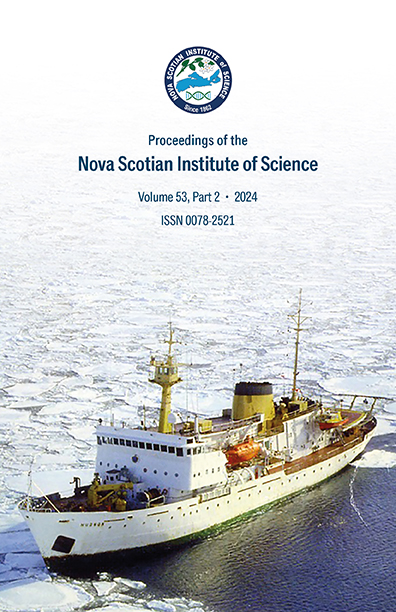Effective management of endangered Blanding’s Turtle (Emydoidea blandingii) populations in Nova Scotia, Canada, requires consideration of threats posed by legacy gold mine contamination
DOI:
https://doi.org/10.15273/pnsis.v53i2.12327Abstract
The Nova Scotia, Canada, Blanding’s turtle (Emydoidea blandingii) population is designated as endangered both federally and provincially. Currently, its range is confined to five disjunct sub-populations in the province’s southwestern interior. With fewer than 500 breeding adults in the wild, current recovery efforts are focused on reducing mortality risk to adult and juvenile turtles. However, little is being done to address the cumulative impacts of environmental contamination on species fitness and reproductive capacity. This paper focuses on legacy impacts of Nova Scotia’s gold mining industry within present-day Blanding’s turtle critical habitat, with a focus on mercury and arsenic contamination.
To date, previous studies have not considered the impacts of legacy gold mining contaminants on Blanding’s turtle recovery and conservation. Three historical gold mining areas were identified as overlapping with Blanding’s turtle ranges (West Caledonia District, Brookfield District, and Pleasant River Barrens District). To address the current knowledge gap, site assessments for Blanding’s turtle presence, food web contamination surveys, turtle claw tissue sampling, and overall site remediation are recommended to complement existing recovery efforts.
Keywords: Blanding’s turtle, critical habitat, environmental con-
tamination, gold mine tailings


